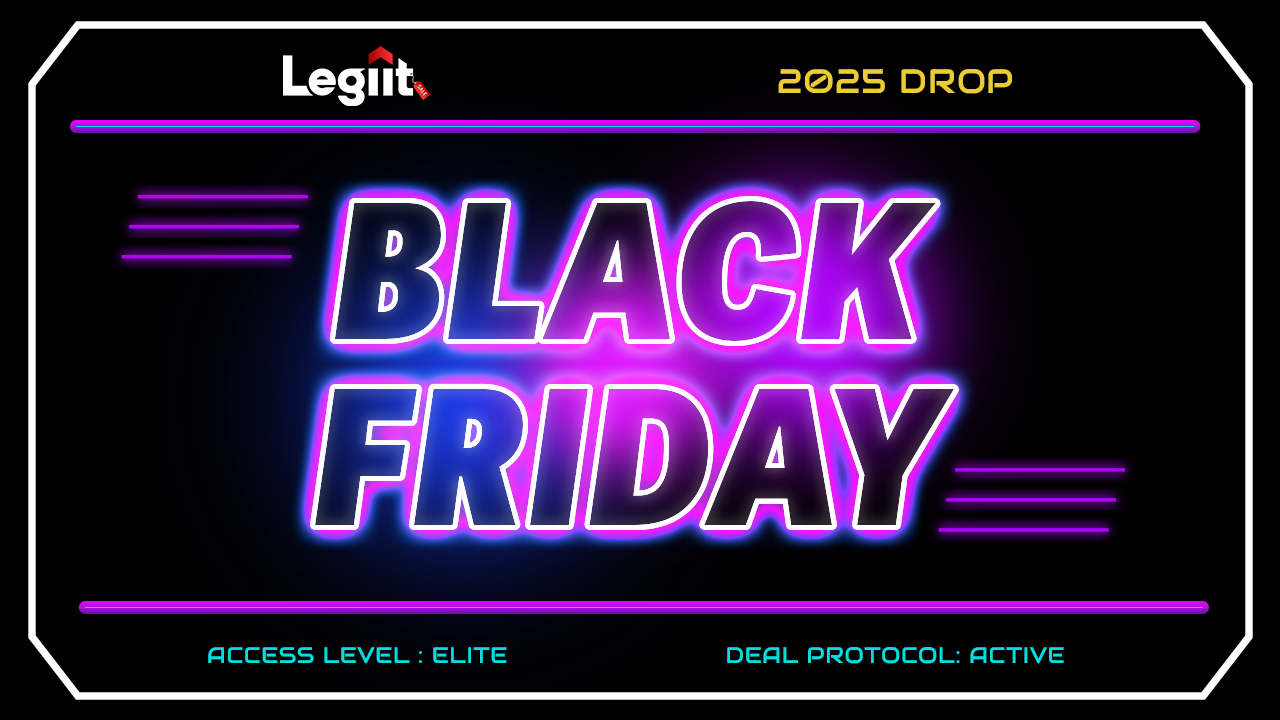It’s common knowledge that to rank high in search engine results pages (SERPs), you must pay attention to search engine optimization (SEO).
It’s an effective step toward improving your website’s performance. This includes anchor text for backlinks.
Anchor text is not a ranking factor in itself, but good backlinks are, and anchor text is part of the process of building good backlinks.
So, get the anchor text for backlinks wrong, and you won’t get the best rankings. Get it right and you’ll increase engagement, SERP listings, and perceived authority.
That’s why we’ve put together this anchor text guide. Keep reading to find out the importance of anchor text for backlinks and learn about anchor text optimization in SEO.
What Is Anchor Text?

Anchor text for backlinks is the visible and clickable text that links to another webpage. When readers click on any part of that link text, they’re automatically directed to the linked content.
These links can be internal links that link to other pages on the same site or they can be external links to link to other websites.
Anchor text can be an entire phrase or just one keyword. It’s generally a different color than the surrounding text (blue against the other black text on the page) and is often underlined. This format is the web standard, but you can change the color and underline by changing the HTML code.
Anchor text needs to be relevant to and match the context of the page being linked to for the link to appear natural. You have direct control over this when linking internally to other pages on your site.
However, when doing link-building to acquire backlinks that point to your site, you will have less control. You will need to be careful about where you obtain link placements on other sites and negotiate the anchor text to ensure that it is relevant.
If the link and anchor text are not relevant to the content, search engines are more likely to flag these links as paid links.
Anchor Text in SEO: An Example
Let’s say you have a blog post about creating webpages and you want to link to your post about SEO practices.
Your anchor text for the link could be the target keyword for that post, which may be ‘best SEO practices’.
So, in the post, you will likely have a section discussing SEO and why it’s important when creating a new webpage.
You can then end that section by saying something like “Educate yourself on the best SEO practices so that your webpage does well in search engine results”.
It has relevance to both the article and the linked webpage, looks natural, and fits the context.
The text you use for that link (‘best SEO practices’) is the anchor text. The word or phrase used must have relevance to the content it is linking to.
The same rules apply when acquiring backlinks from other sites to your own through your link-building strategies.
The anchor text and link need to look natural within the content on the webpage where the link sits.
What Is a Backlink vs Anchor Text?

Anchor text refers to the words or phrases used to insert the hyperlink to another website. Alone, they’re a part of the web page content.
When enabled with a hyperlink, they’re a connection between your content and the linked-to webpage.
Backlinks are links placed on anchor text that point to another site’s webpage.
When acquired from reputable, high-authority websites, backlinks pass “link juice” and authority to your site. This can boost your SEO and increase your search engine rankings.
How to Optimize Your Anchor Text Strategy for SEO
There is a clear relationship between anchor texts and SEO. Anchor text with backlinks helps search engines understand what a web page is about, which can influence its ranking in the SERPs.
To optimize your SEO and enhance your online visibility and performance, it’s important to optimize your anchor text for backlinks too.
When link-building, you can improve anchor text optimization for your backlinks by keeping these anchor text best practices in mind:
Keep Your Anchor Text Relevant
Always use relevant keywords with a relationship to the surrounding topic on the page where the link will exist, not just to the content you’re linking to.
If you use generic anchor text that doesn’t match the context, it creates confusion.
Your anchor text should be relevant to the webpage and the intent of search queries. This is what search engines look for. If not, your web page may be seen as guilty of misleading redirects, one of the Black Hat SEO practices that Google is always on the lookout for.
Keep Anchor Text to a Minimum
Rich anchor text contains targeted keywords. However, links should not be anchored with the target keyword for the page in which they appear. Rather, anchor text should correspond to the keyword for the page being linked to.
But too many keywords will also do you no favors. When it comes to anchor text, less is more. A shorter phrase is more likely to be clicked on than a long sentence overfilled with keywords.
Avoid Unnatural Anchor Text

Don’t use the same anchor text over and over. This unnatural anchor text distribution looks spammy and forced.
Also, irrelevant anchor text that has no bearing on the rest of your webpage, will always look forced. But so will text that tries too hard to fit in with the link.
Even when relevant, it could look unnatural. Use natural language and consider how the anchor text flows with the rest of the content on your web pages.
Know When to use Exact Match Anchor Text Links
Exact match anchor text can do more harm than good if abused. This is when you have the same keywords in your anchor text as the keywords for the linked page.
As you saw in the above example about ‘best SEO practices’ it's sometimes okay to have an exact match. But too many exact matches, and you risk a penalty for over-optimized links.
It’s okay to have an exact match only if it is a good fit for the context and user intent on your site.
Vary Your Anchor Texts for a Diverse Backlink Profile
Following on from the point above, mix things up in your backlinks profile with anchor text variations and you’ll easily meet those search-engine link-building guidelines.
Use different types of anchor text throughout your website. Include a few of each type of anchor text such as exact match, partial match, naked link anchor text (URLs), generic, and branded anchor text, to keep your backlink profile diverse.
How to Fix Anchor Text Problems (Over-optimized Backlinks)

Anchor text optimization is vital to SEO. But over-optimized backlinks can undo all the hard work you’ve done to improve your rankings.
Here’s how to fix common anchor text problems that over-optimize your anchor text backlinks.
- Check whether or not your backlinks are overoptimized with a tool like Ahrefs. You’ll see clearly how your webpage scores for authority, relevance, and backlinks. Your backlinks may be causing your web page to have a low score. This is how search engines determine your search engine rankings.
- Once you’ve identified the problem links, take action. Contact the webmasters of the sites with the problematic links. Ask to remove them, or replace them with more relevant links or more ‘natural’ anchor text.
- Boost your score by building a portfolio of natural and high-quality backlinks. If you’re unable to do so, or just don’t have the time, trust an SEO or link-building expert to do it for you.
- Consistently check your backlink profile and webpage metrics, and fix problems as soon as scores start to go down. SEO is an ongoing practice and it requires vigilant monitoring. Fortunately, over-optimized backlinks can be quick and easy to fix with the right anchor text.
The Problem with Exact Match Anchor Text
The problem with exact match anchor text for backlinks is that, if that’s all you use, or you do it too often, it looks spammy and unnatural.
You may be accused of over-optimization of your backlinks, and be penalized by search engines like Google.
Exact match anchor text, in moderation, helps search engines identify what your webpage is about. But overuse it, and instead of enhancing your SERP performance, you’ll hurt it.
Partial Match Anchor Text to the Rescue
Partial match anchor text is the solution to the problem of overuse of anchor text. It, too, contains keywords for the linked webpage. But rather than an exact match of the primary keyword, it will contain a slightly rearranged version of the primary keyword phrase or some variation of the keyword.
Conclusion
Optimizing link relevance and improving SEO involves using the right anchor text (both when link-building and linking internally across your website).
Avoid anchor text that is irrelevant, unnatural, or forced. Keep anchor text natural and relevant to the context of the content. And curate a backlink portfolio with a selection of anchor text types and links from high-authority sites.
When you do this, your webpages meet search engine requirements and you’ll improve your reputation and authority.
As a result, you’ll fare better in the SERPs, and widen your audience. This is how you will build your online reputation and boost your success.













 Download
Download